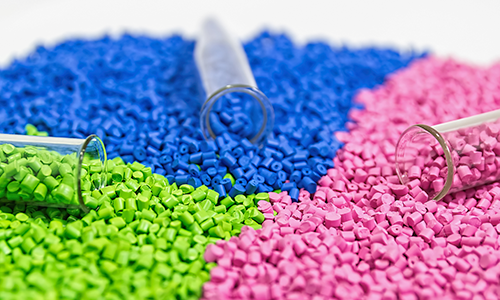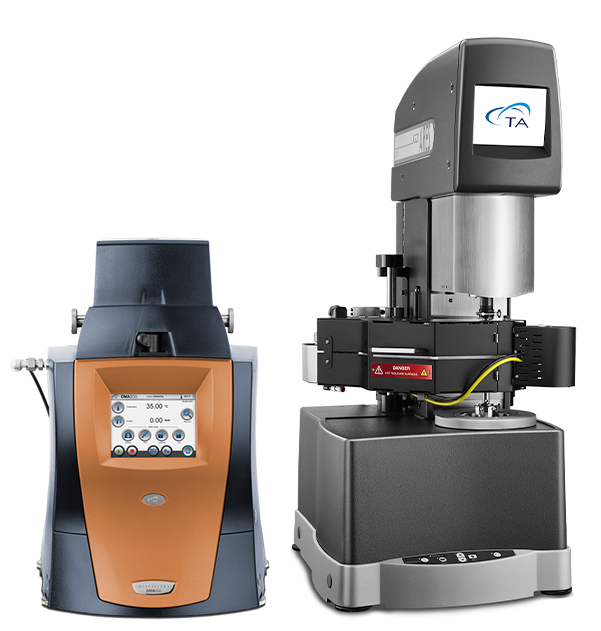Rheology of Hydrogels
Hydrogels are three-dimensional porous strctures that can absorb large amounts of water. They can be made up of polymers, protein, peptides, colloids, surfactants, or lipids.1 Hydrogels’ ability to uptake large amounts of water is useful for many biological applications, including drug delivery and tissue engineering. Since a hydrogels’ properties change as it absorbs water, scientists must accurately characterize its behavior at different saturation amounts and in varying conditions.












